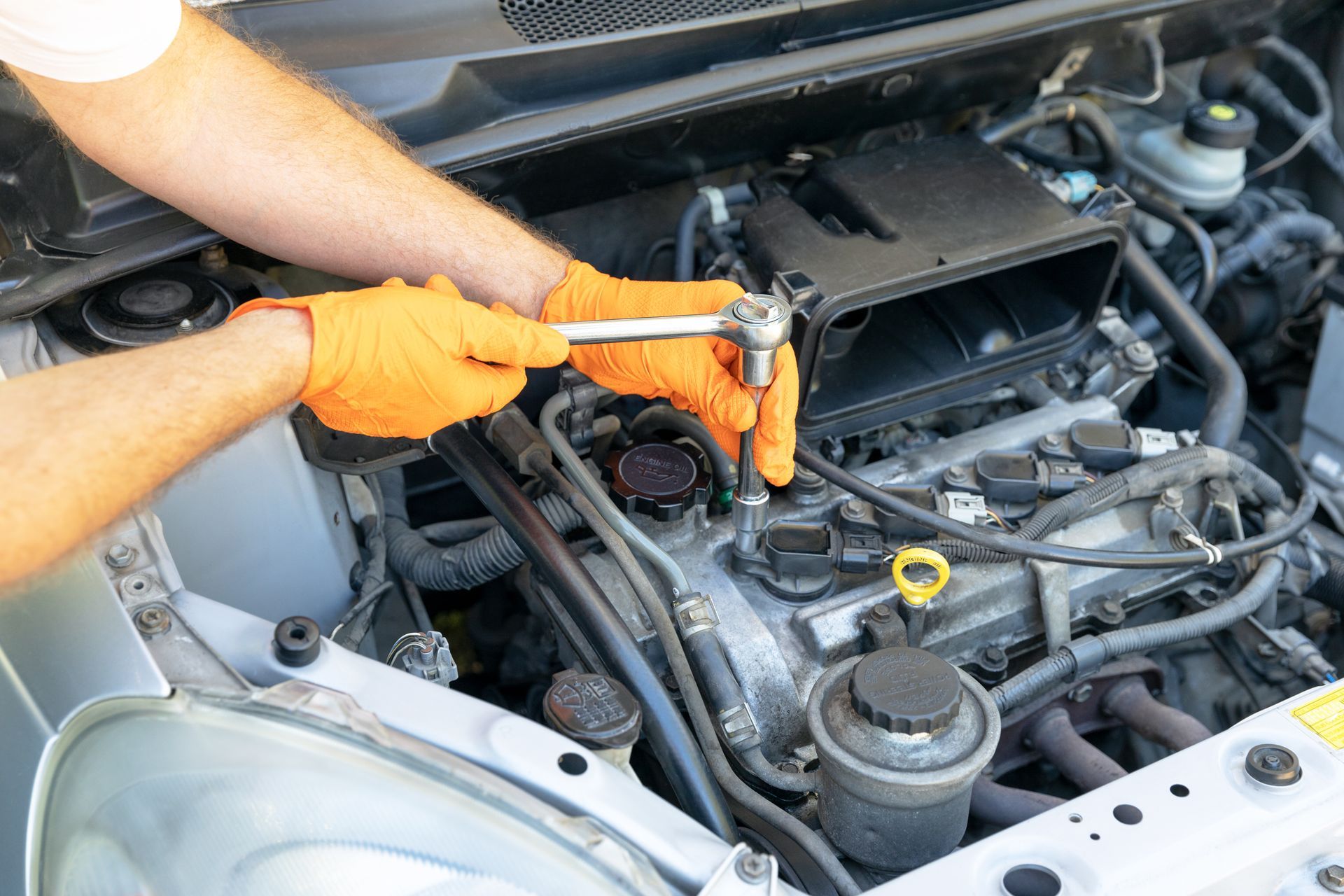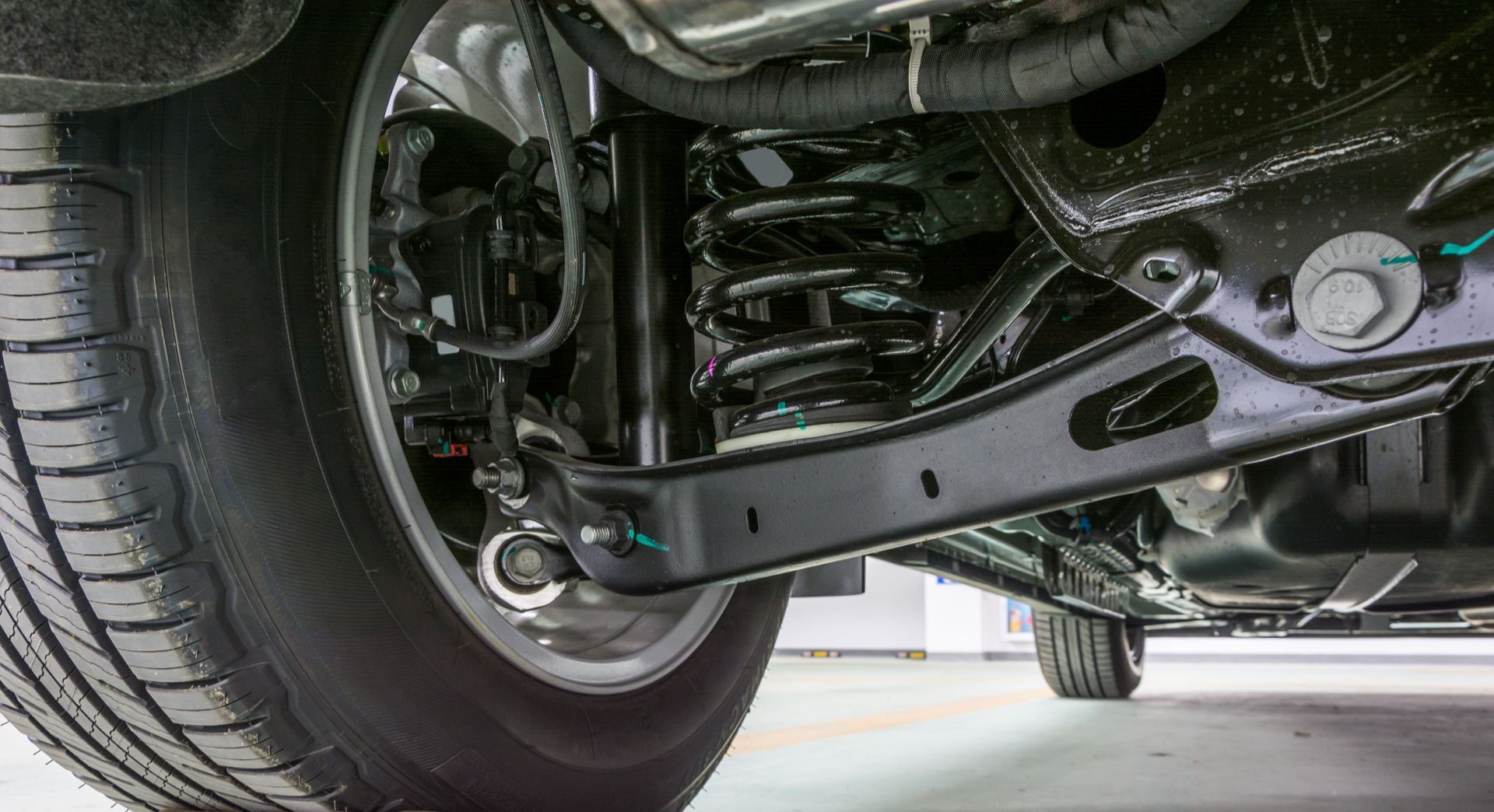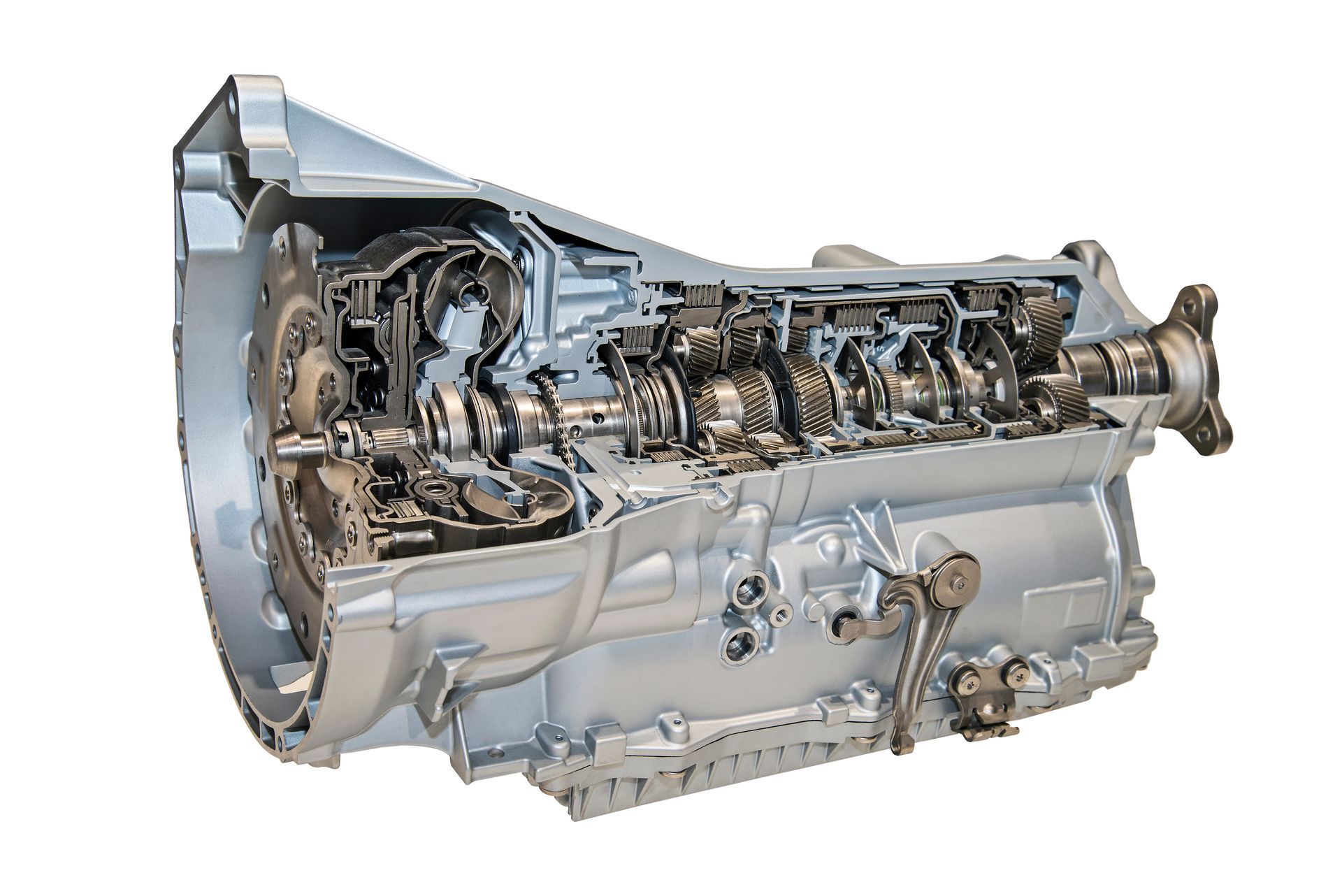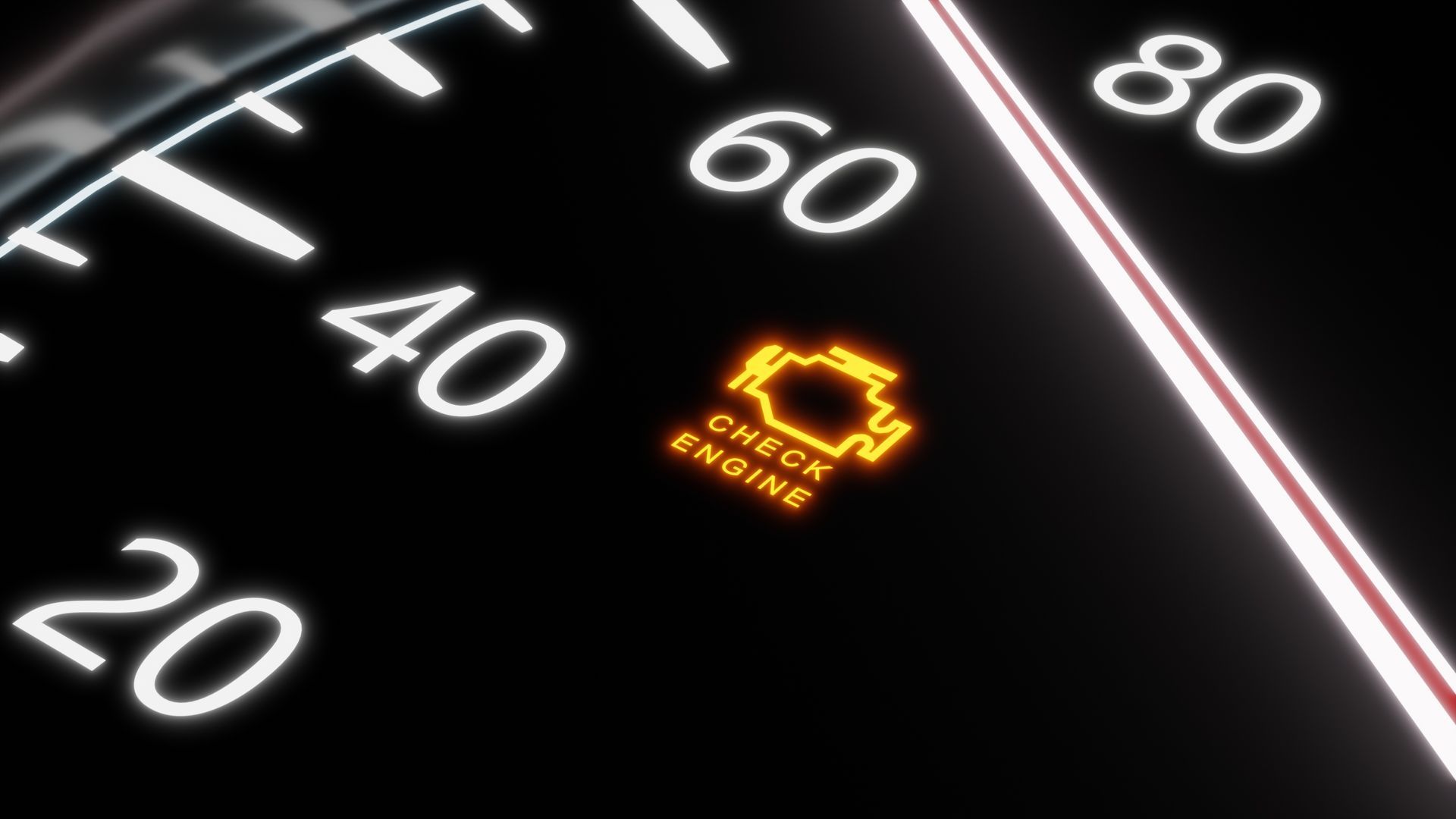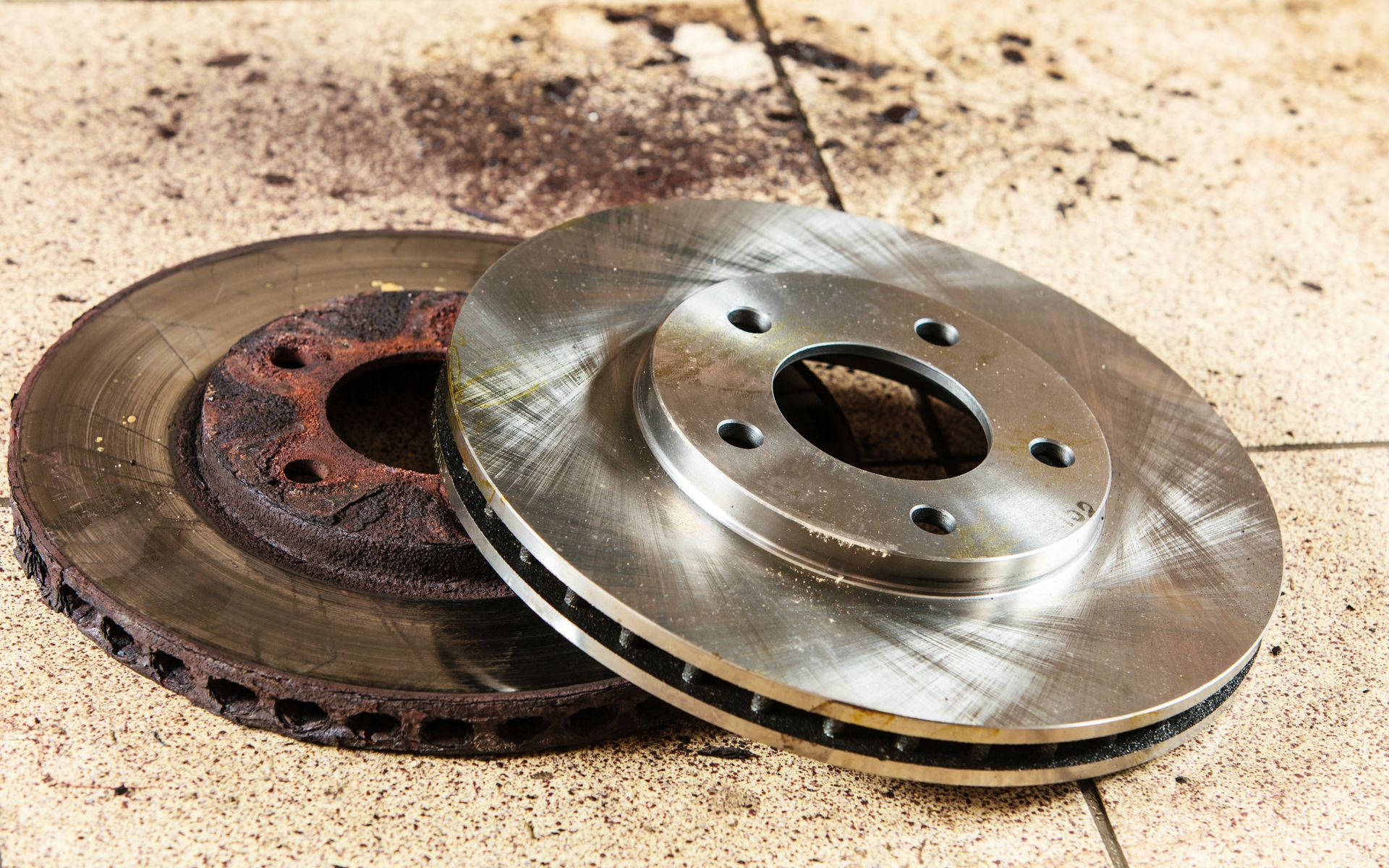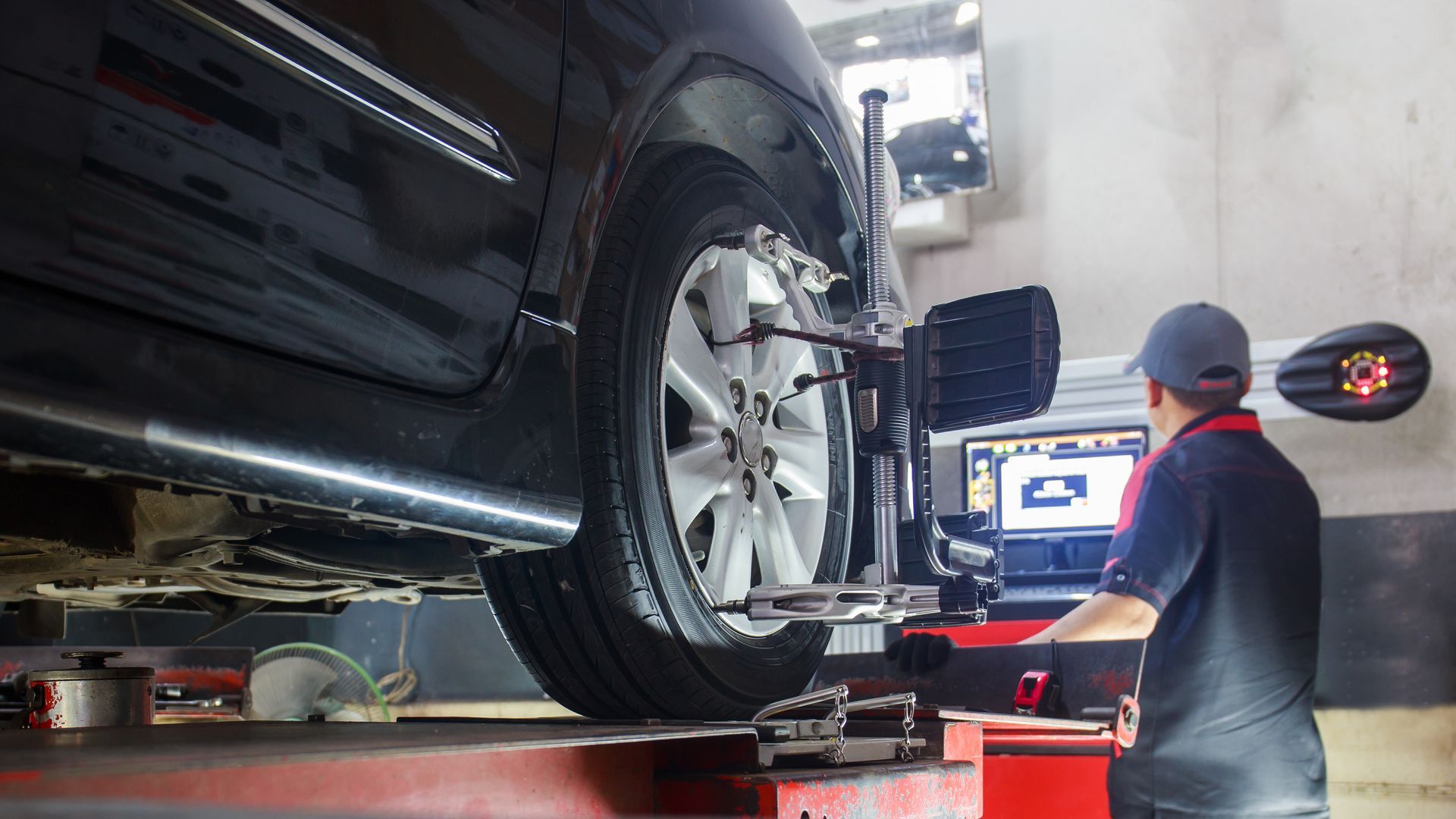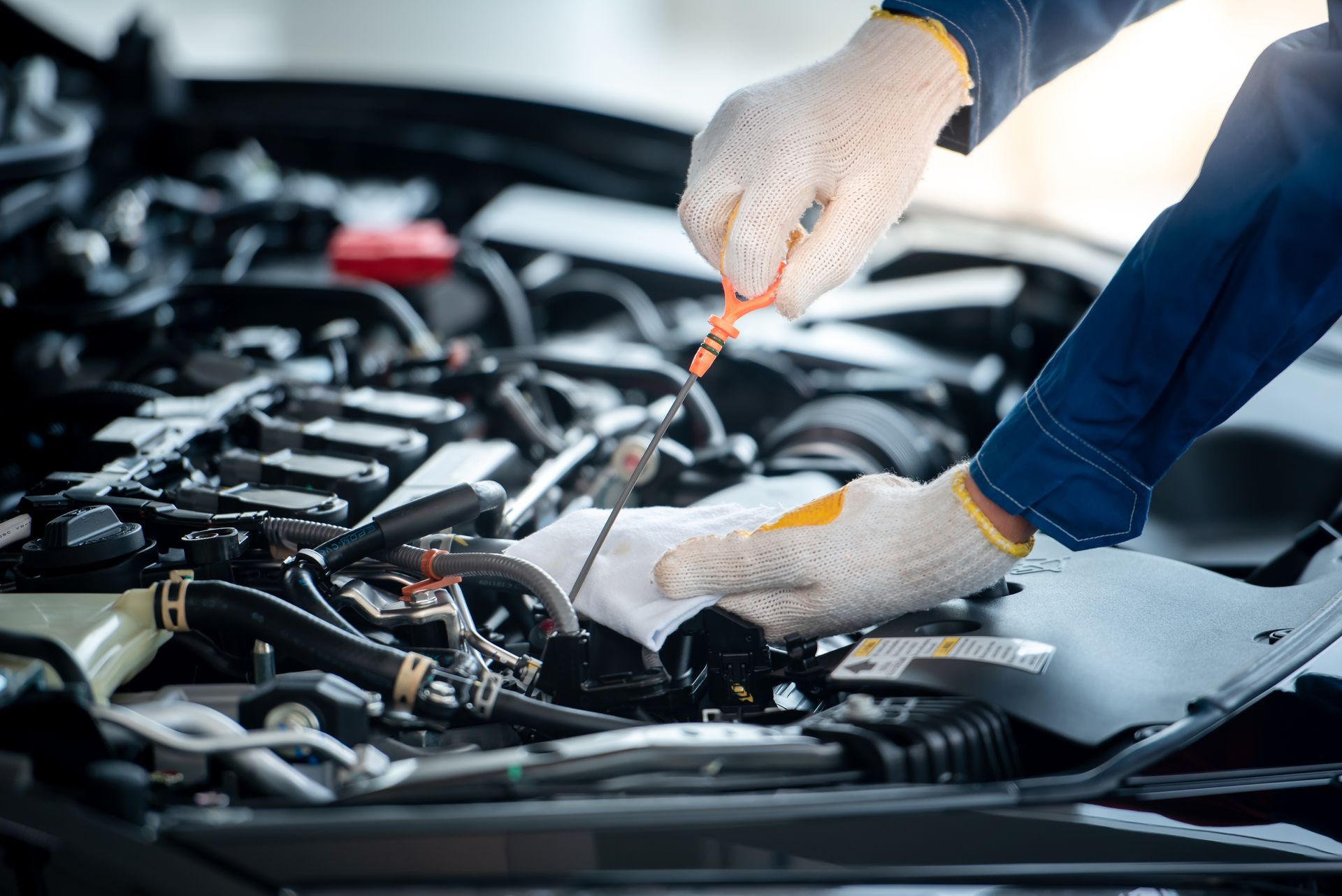Loading ...
Missing business hours data / Error occurred while getting the data.
Loading ...
Missing business hours data / Error occurred while getting the data.
How Often Should I Rotate and Balance My Tires?
March 28, 2025
Tires don’t wear evenly on their own. The way your vehicle distributes weight, the roads you drive on, and even your driving habits all contribute to uneven tread wear. That’s why regular tire rotation and balancing are essential for extending the life of your tires, improving performance, and keeping your ride safe. But how often should you have these services done? Many drivers overlook tire maintenance until they start feeling vibrations or notice uneven wear—by then, the damage may already be done.
What’s the Difference Between Tire Rotation and Balancing
Tire rotation and tire balancing are often done together, but they serve different purposes.
Tire Rotation
This involves switching the position of your tires to ensure they wear evenly. For example, front tires typically wear out faster than rear tires due to the added weight of the engine and the forces from steering. Rotating them helps distribute wear evenly, extending the life of the entire set.
Tire Balancing
This ensures that each tire and wheel assembly has an even distribution of weight. If a tire is unbalanced, you might feel vibrations, experience uneven wear, or notice a drop in fuel efficiency. A technician uses specialized equipment to check for imbalances and correct them by adding small weights to the wheel.
Both of these services help prevent premature tire wear, improve gas mileage, and ensure a smoother ride.
How Often Should You Rotate and Balance Your Tires
Most manufacturers recommend rotating your tires every 5,000 to 7,500 miles, or about every other oil change. However, if you drive aggressively, frequently carry heavy loads, or drive on rough roads, you might need rotations more often. Some vehicles, such as those with all-wheel drive, may require specific rotation patterns to maintain proper traction.
Tire balancing, on the other hand, doesn’t have a strict mileage interval. It’s best to have your tires balanced every 6,000 to 8,000 miles, or whenever you notice signs of imbalance. Balancing should also be done when installing new tires or if you feel vibrations while driving.
Signs You Need a Tire Rotation or Balancing
If you’re unsure whether it’s time to rotate or balance your tires, here are some key warning signs to look for:
Uneven Tire Wear
If you notice that one side of your tires is wearing out faster than the other, it’s a sign that they haven’t been rotated properly. Uneven wear can reduce traction and make your tires more prone to blowouts.
Steering Wheel Vibrations
A vibrating steering wheel, especially at higher speeds, often means your tires are out of balance. This can make driving uncomfortable and put unnecessary strain on your suspension components.
Vehicle Pulling to One Side
If your car drifts to one side without you steering in that direction, uneven tire wear or improper balancing could be to blame.
Noisy or Bumpy Ride
If your tires are making unusual noises or your ride feels bumpier than usual, it could indicate an issue with balance or uneven tread wear.
What Happens If You Skip These Services
Ignoring tire rotation and balancing leads to premature tire wear, reduced fuel efficiency, and a rougher ride. Over time, unbalanced tires can cause stress on your suspension and steering components, leading to more expensive repairs. Uneven tire wear can also increase stopping distances and reduce traction, especially in wet or slippery conditions.
By keeping up with regular rotations and balancing, you can extend the lifespan of your tires and improve your vehicle’s overall safety.
Are your tires wearing unevenly or causing vibrations? Get a professional tire rotation and balancing at
AFA Service & Repair in Summerville, SC. Extend the life of your tires and enjoy a safer ride—stop by today!
Loading ...
Missing business hours data / Error occurred while getting the data.
having trouble finding us?
Loading ...
Missing nap lines data / Error occured while getting the data.


